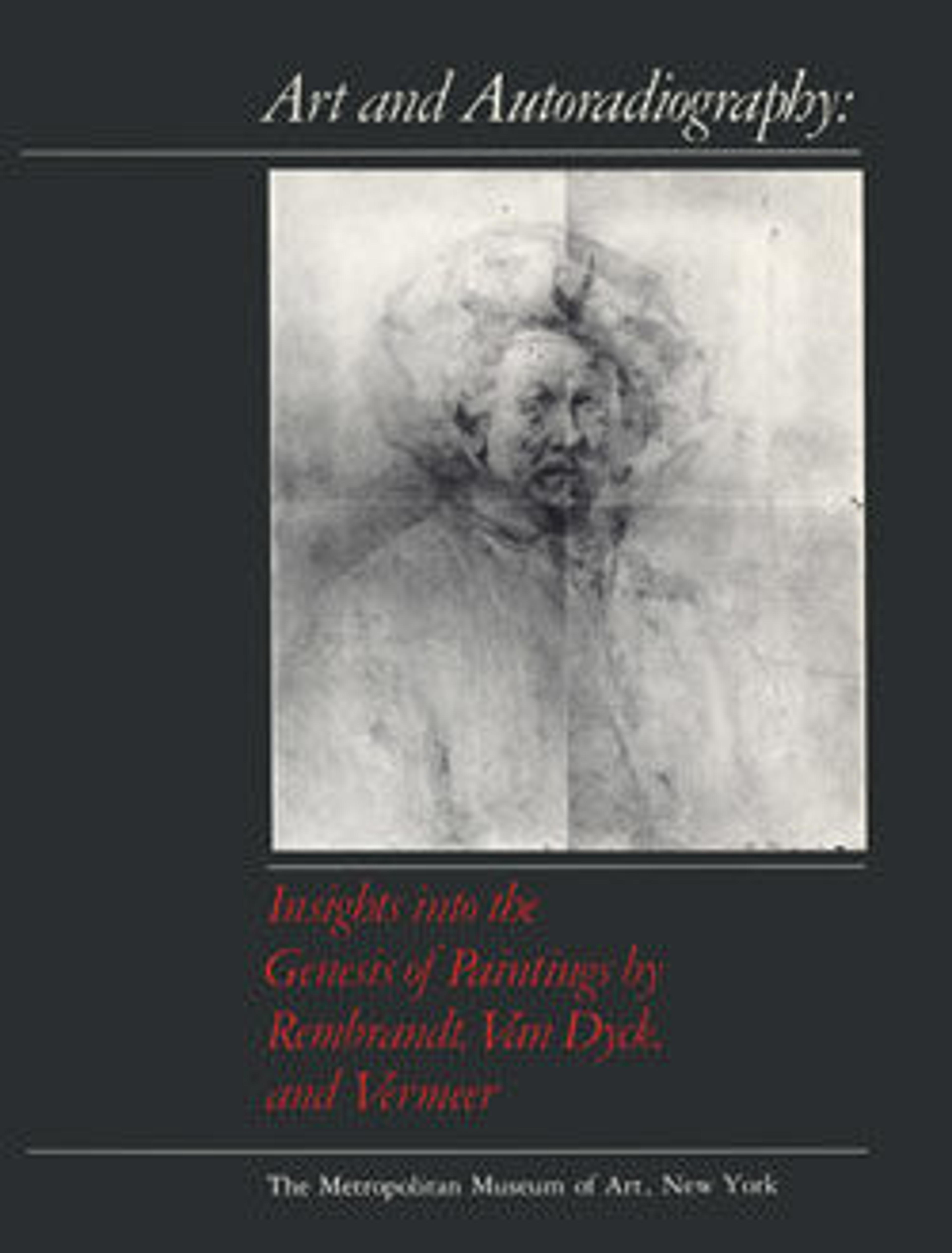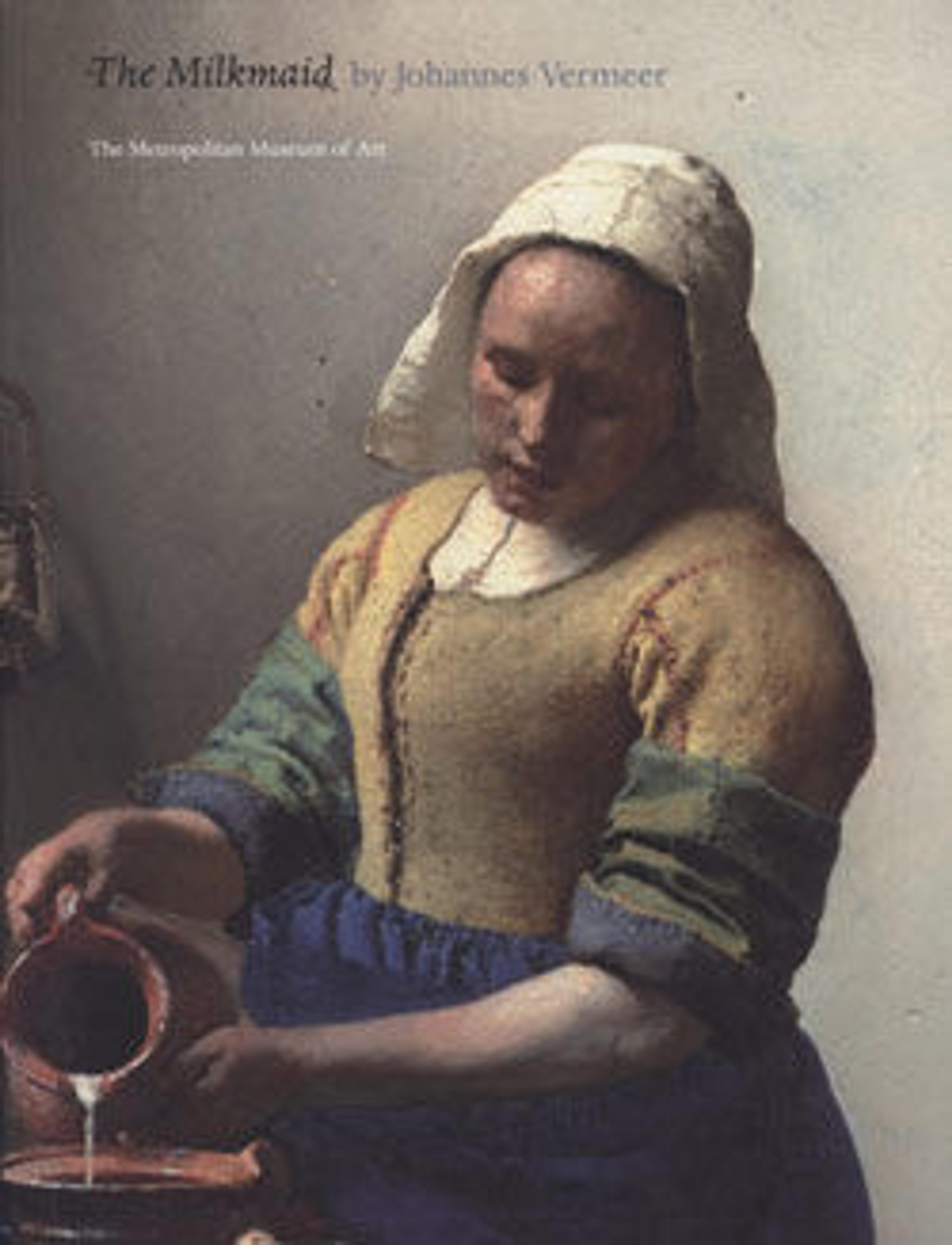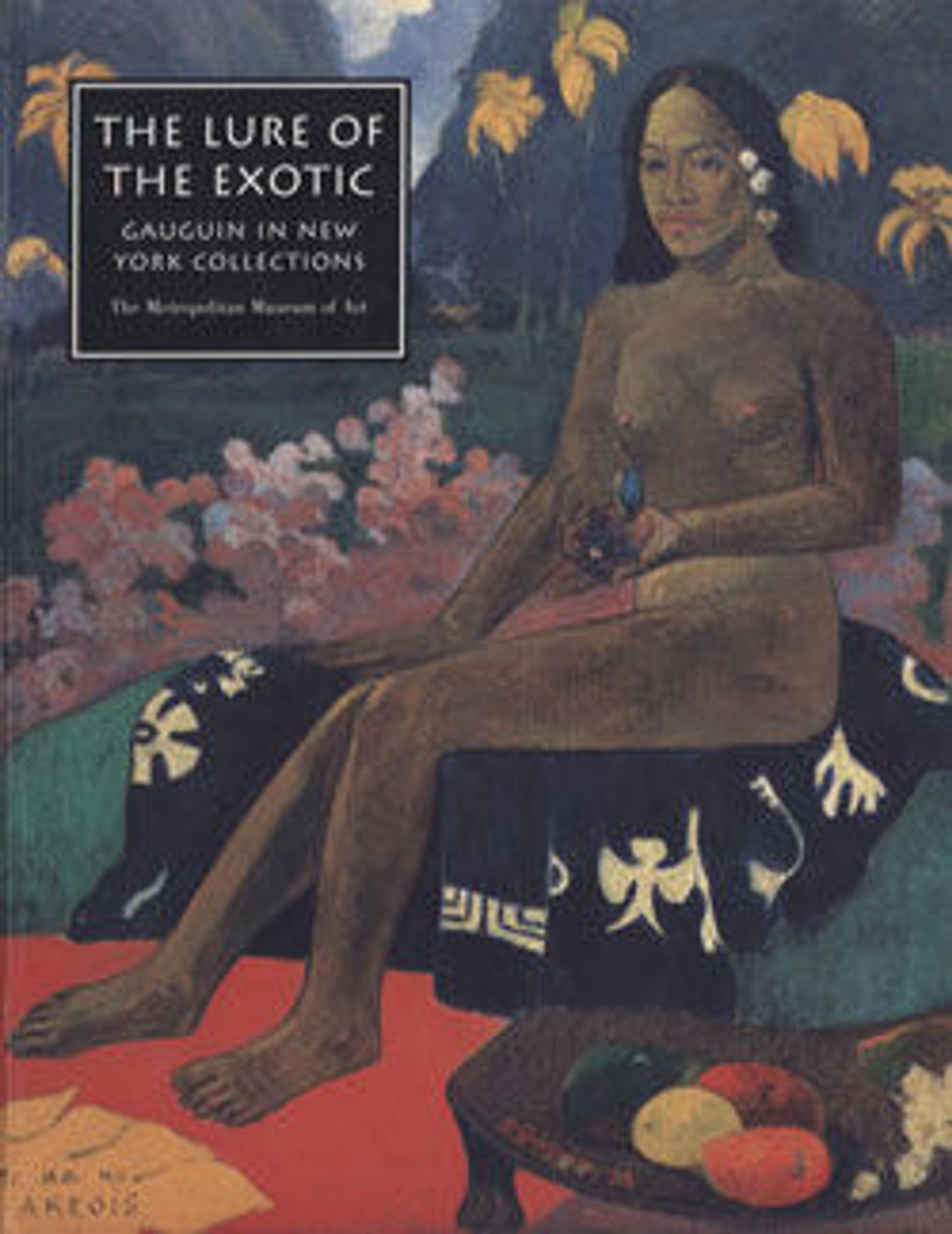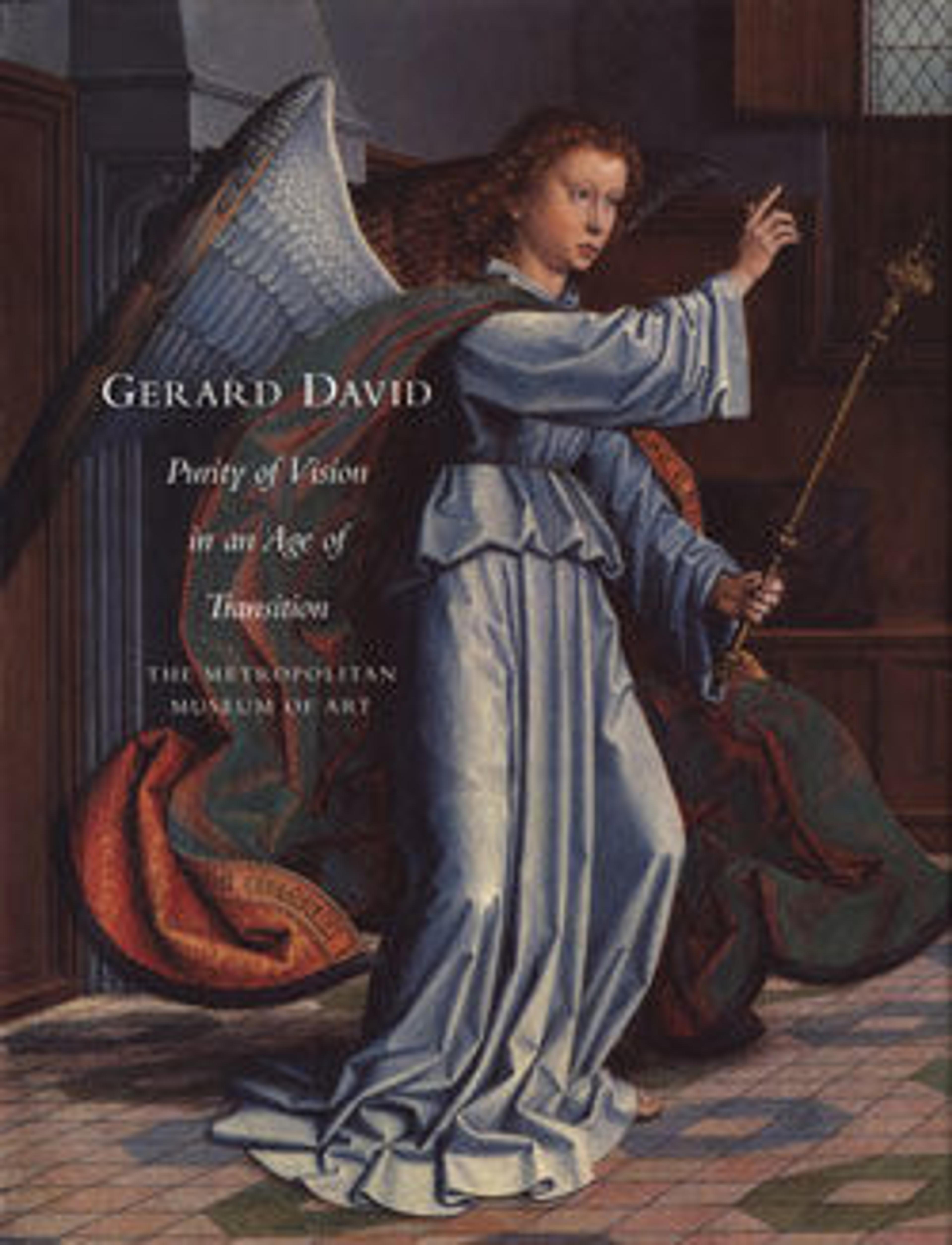
Art and Autoradiography: Insights into the Genesis of Paintings by Rembrandt, Van Dyck, and Vermeer
This book reports the most significant results of a scientific study of thirty-nine paintings in The Metropolitan Museum of Art. The works under investigation are by seventeenth-century Dutch and Flemish artists, mainly Rembrandt and his school.
Art and Autoradiography publishes for the first time data obtained by the use of a new technique, neutron activation autoradiography. Through this method, it is now possible to study the substructure of paintings, their genesis, and their condition in far greater detail than had been possible with the conventional techniques or X-ray radiography and infrared photography. As a result, an artist's creative process can now be studied very closely. Autoradiography provides significant information for resolving questions about an artist's oeuvre and about workshop variations, attribution, dating, and even doubted authenticity. For example, Rembrandt's preliminary sketching on the canvas, the authenticity of some of his paintings, and previous restorations of others have now been established or clarified; a self-portrait of Van Dyck was discovered under his own painting.
In addition, the material presented here represents an interdisciplinary approach. The collaboration of two art historians (Maryan Wynn Ainsworth and Egbert Haverkamp-Begemann), a paintings conservator (John Brealey), a physical scientist (Pieter Meyers), and their colleagues has resulted in a full and rich interpretation of the autoradiographs.
Met Art in Publication
You May Also Like
Press the down key to skip to the last item.
Citation
O’Neill, John P., and Metropolitan Museum of Art, eds. 1987. Art and Autoradiography: Insights into the Genesis of Paintings by Rembrandt, Van Dyck, and Vermeer. 2. pr. New York: Metropolitan Museum of Art.




